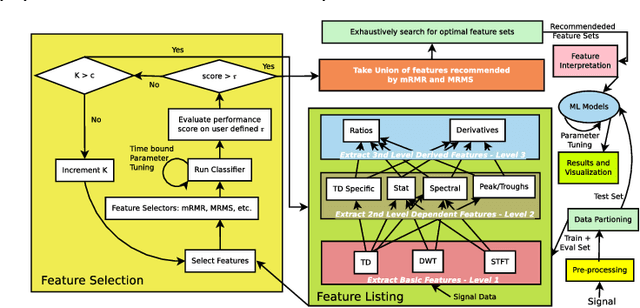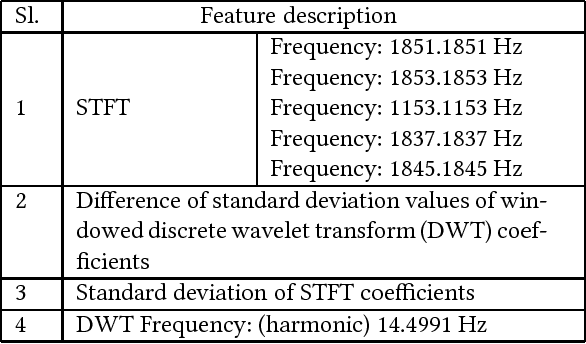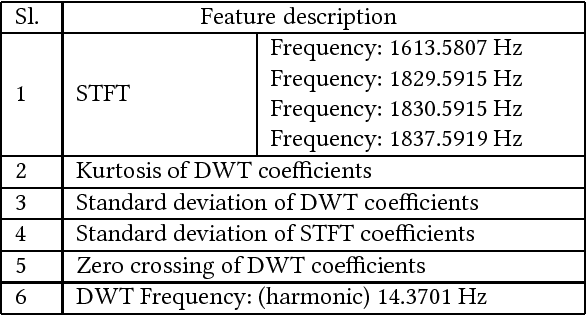Ayan Mukherjee
A Novel U-Net Architecture for Denoising of Real-world Noise Corrupted Phonocardiogram Signal
Sep 30, 2023Abstract:The bio-acoustic information contained within heart sound signals are utilized by physicians world-wide for auscultation purpose. However, the heart sounds are inherently susceptible to noise contamination. Various sources of noises like lung sound, coughing, sneezing, and other background noises are involved in such contamination. Such corruption of the heart sound signal often leads to inconclusive or false diagnosis. To address this issue, we have proposed a novel U-Net based deep neural network architecture for denoising of phonocardiogram (PCG) signal in this paper. For the design, development and validation of the proposed architecture, a novel approach of synthesizing real-world noise corrupted PCG signals have been proposed. For the purpose, an open-access real-world noise sample dataset and an open-access PCG dataset has been utilized. The performance of the proposed denoising methodology has been evaluated on the synthesized noisy PCG dataset. The performance of the proposed algorithm has been compared with existing state-of-the-art (SoA) denoising algorithms qualitatively and quantitatively. The proposed denoising technique has shown improvement in performance as comparison to the SoAs.
Interpretable Feature Recommendation for Signal Analytics
Nov 06, 2017



Abstract:This paper presents an automated approach for interpretable feature recommendation for solving signal data analytics problems. The method has been tested by performing experiments on datasets in the domain of prognostics where interpretation of features is considered very important. The proposed approach is based on Wide Learning architecture and provides means for interpretation of the recommended features. It is to be noted that such an interpretation is not available with feature learning approaches like Deep Learning (such as Convolutional Neural Network) or feature transformation approaches like Principal Component Analysis. Results show that the feature recommendation and interpretation techniques are quite effective for the problems at hand in terms of performance and drastic reduction in time to develop a solution. It is further shown by an example, how this human-in-loop interpretation system can be used as a prescriptive system.
 Add to Chrome
Add to Chrome Add to Firefox
Add to Firefox Add to Edge
Add to Edge